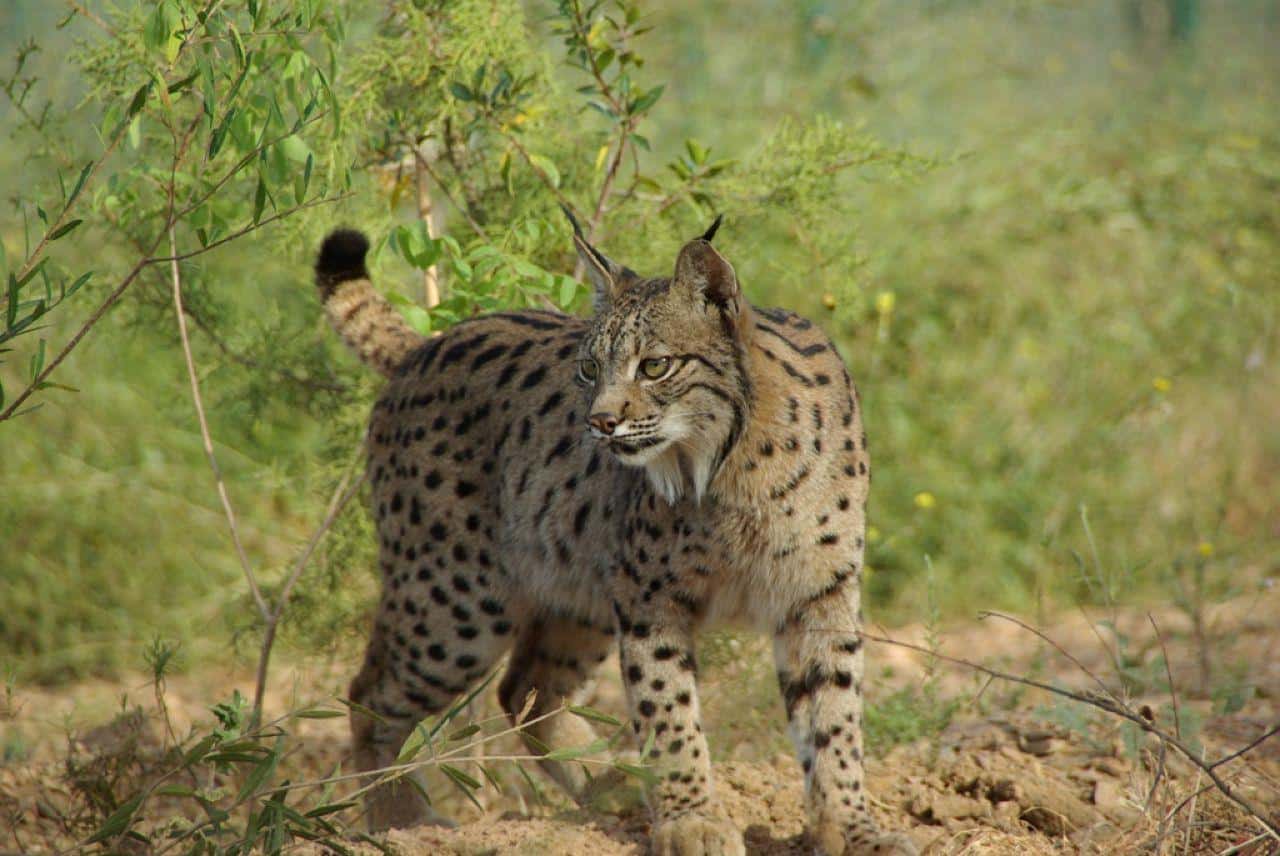170 Iberian lynxes born in captivity in Silves since 2009
After being on the verge of extinction, the Iberian lynx has experienced a resurgence, thanks in no small part to the hard work carried out by the National Iberian Lynx Reproduction Centre in Silves, in the Algarve.
Since opening in 2009, the centre has seen 170 Iberian lynxes born under its care, 110 of which have been released into the wild and 17 of them released in Portugal, marking a turning point for the species in Portugal.
The work of this reproduction centre in Portugal and others in Spain has led to a substantial growth of the Iberian lynx population in Portugal, which was practically inexistent in 2009 and now is nearly 300 lynxes strong. The lynxes in Portugal live virtually exclusively in Vale do Guadiana, a territory spanning the municipalities of Serpa and Mértola in the district of Beja, in the Alentejo, and Alcoutim in the district of Faro, in the Algarve.
According to the 2023 Iberian census, the total Iberian lynx population in the Iberian Peninsula has surpassed 2,000, doubling since 2020, with notable populations in the Spanish regions of Extremadura, Castilla-La Mancha, Andalusia, and Murcia.
In Vale do Guadiana, the lynx population has grown to 291 since the first captive-bred pair, Jacarandá and Katmandu, was released there in December 2014. By 2019, lynxes began exploring further, crossing the Vascão stream to Alcoutim, where they found plentiful rabbits and partridges, creating a thriving new breeding group within the larger Guadiana population, João Alves, coordinator of Portugal’s lynx conservation programme, told Lusa news agency.
The conservation journey hasn’t been without challenges. “It’s been a long road with many highs and lows,” said Rodrigo Serra, manager of the Silves reproduction centre, acknowledging the need for ongoing efforts. “We have achieved very big numbers, but we are aware that we are still needed.”
The Iberian strategy which is up for approval suggests “establishing eight additional lynx populations, relying primarily on captive-bred lynxes, with the goal of achieving a ‘least concern’ conservation status by 2034,” he added.
In June, the International Union for Conservation of Nature (IUCN) downgraded the Iberian lynx’s status from “endangered” to “vulnerable” on its Red List, a milestone that has instilled pride in conservation teams. However, there are still other objectives to be accomplished. One of the programme’s top priorities is increasing the genetic diversity among the lynxes, which is among the lowest of any species.
In captivity, genetic diversity is carefully managed through genetic testing and selective breeding, as “most lynxes are essentially half-siblings to each other,” Serra explained. In the wild, translocation efforts move overrepresented lynx individuals to different regions, helping to mix genetic lines and strengthen populations.
According to Serra, in the last 15 years, conservation efforts have been so successful that there are now even nature tourism programs that offer a chance to observe these once-elusive creatures in their natural habitat.
These reintroductions are supported by EU-funded initiatives such as the LIFE LynxConnect project, which promotes natural migration between populations to sustain diversity.


























